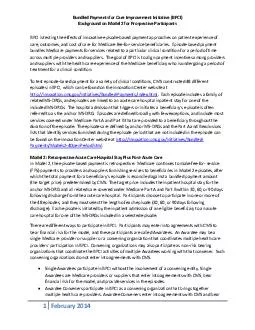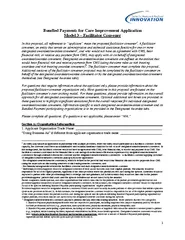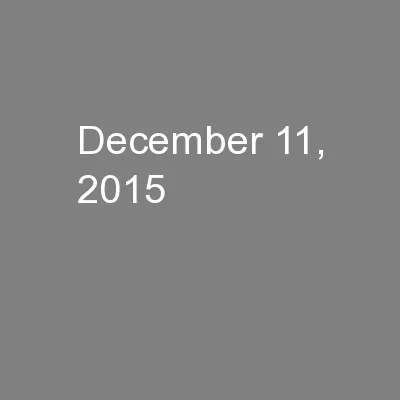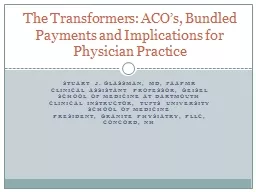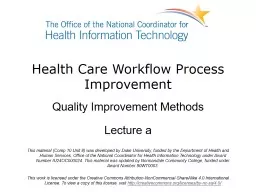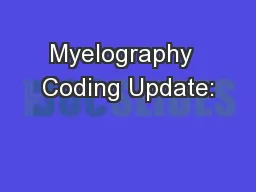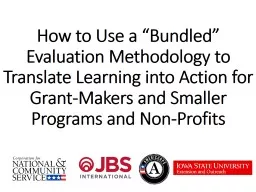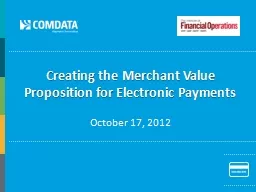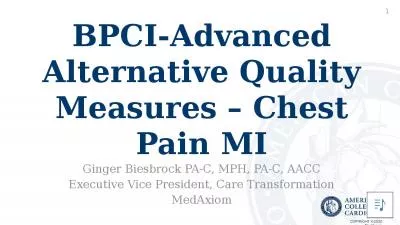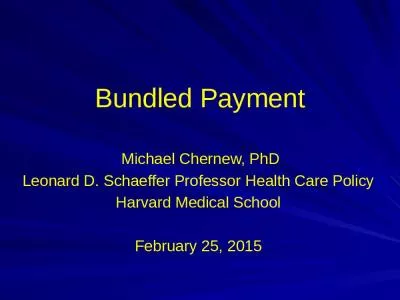PDF-Bundled Payments for Care Improvement Initiative (BPCI) Background on
Author : luanne-stotts | Published Date : 2016-05-17
1 February 2014 BPCI is testing the effects of innovative episodebased payment approaches on patient experience of Each episode includes a family of related MS PaymentsModels24OpenPeriodhtml
Presentation Embed Code
Download Presentation
Download Presentation The PPT/PDF document "Bundled Payments for Care Improvement In..." is the property of its rightful owner. Permission is granted to download and print the materials on this website for personal, non-commercial use only, and to display it on your personal computer provided you do not modify the materials and that you retain all copyright notices contained in the materials. By downloading content from our website, you accept the terms of this agreement.
Bundled Payments for Care Improvement Initiative (BPCI) Background on: Transcript
Download Rules Of Document
"Bundled Payments for Care Improvement Initiative (BPCI) Background on"The content belongs to its owner. You may download and print it for personal use, without modification, and keep all copyright notices. By downloading, you agree to these terms.
Related Documents

